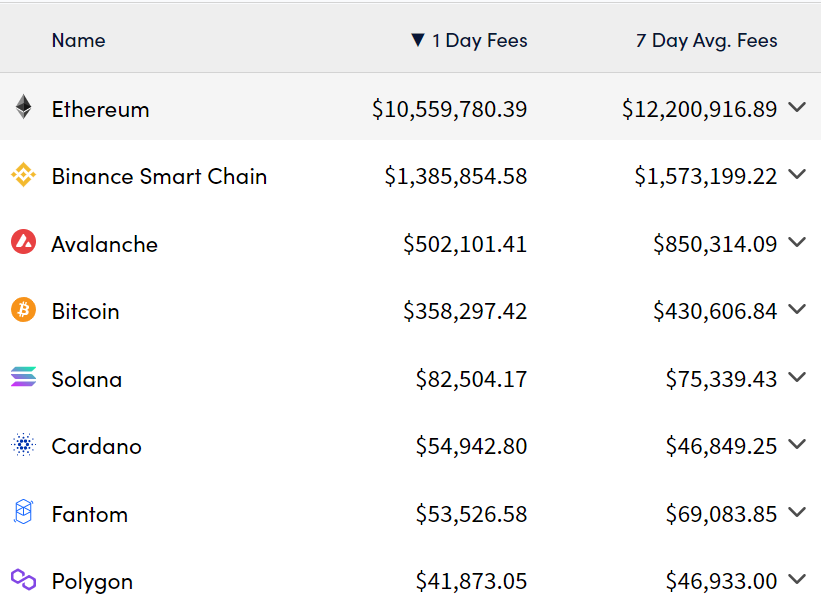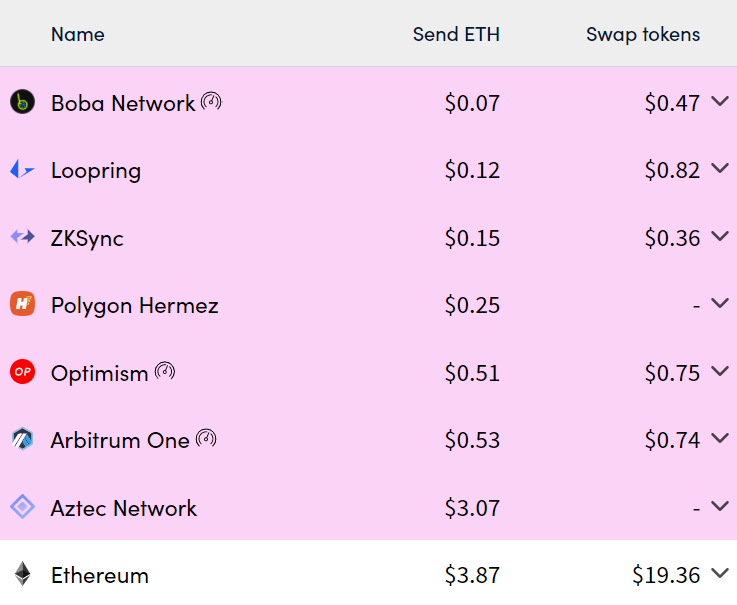News
When Will Ethereum Finally Scale?
Summary: Even though Ethereum is the leading smart contract blockchain by a wide margin, it has a serious issue with transaction congestion. At peak times, it can cost upwards of $50 and take upwards of 30 minutes to do a simple token transaction. Fortunately, the technology for Ethereum to scale with security is nearly complete, and ...
Even though Ethereum is the leading smart contract blockchain by a wide margin, it has a serious issue with transaction congestion. At peak times, it can cost upwards of $50 and take upwards of 30 minutes to do a simple token transaction. Fortunately, the technology for Ethereum to scale with security is nearly complete, and only adoption of these scaling solutions remains before Ethereum users will be able to experience low fees and fast transactions once again.
When Ethereum was released in 2015, it was the first blockchain of its kind, and thus did not have the foresight to know about the level of demand it would one day experience with hundreds of billions of dollars in value being transacted on the chain. As smart contracts became more popular and demand increased, it became clear that Ethereum in its current state would be unable to keep up with demand, and the fees for transactions skyrocketed.

As a result, other alternatives to Ethereum, such as Binance Smart Chain, Solana, and Avalanche were released. These projects chose to sacrifice slightly on decentralization in order to create faster blockchains with lower fees. The increased level of centralization means that these blockchains are more prone to censorship or issues with block creation. This has been seen with Solana multiple times during hours-long outages.

In order to stay decentralized while still providing minimal congestion, Ethereum has opted for two different types of scaling solutions: rollups and sharding. For the purpose of this article, we will focus on rollups, which are already available for use as opposed to sharding which will likely not be released until 2023.
Rollups are a type of scaling technology that posts transaction data to the main Ethereum blockchain, but moves the execution of these transactions off chain. The execution takes place on a separate blockchain, and then the data from multiple transactions are compressed together and posted as a single transaction on Ethereum, which is where the term “rollup” comes from. This compression is analogous to traditional ZIP files. By moving the execution off chain and compressing transactions, there is more room in Ethereum blocks for transactions, leading to cheaper and faster transactions. Additionally, using complex cryptography and verification, the transactions that take place on rollups are practically just as secure as those that take place on the main chain.

There are several rollup solutions available for use today, including Boba Network, Optimism, and Arbitrum. Although these solutions are still in beta and not yet ready for widespread adoption, anyone can deposit funds to these blockchains and enjoy the benefits of layer 2 scaling on top dApps like Uniswap, Aave, and Curve. The transactions finalize within seconds and the fees are less than a dollar, and users are able to use Ethereum as intended.

Even though some layer 2s already have billions of dollars in value locked on their protocols, they are not ready for a full release. Both Optimism and Arbitrum, the two largest layer 2 solutions, are throttling performance while they continue to develop and optimize their system. Once this is complete, they should be able to process over 4,000 transactions per second according to some estimates.
The critical factor in getting the adoption of layer 2 protocols is exchange and industry support. The average user barely knows how to withdraw Ethereum from an exchange, much less use MetaMask and a bridge to send their funds to a new blockchain. Once exchanges like Coinbase, Binance, and FTX offer native withdrawals to layer 2s, it will be incredibly simple for anyone to use these solutions and never have to worry about Ethereum fees ever again.
Optimism’s full roadmap extends until 2024, but it will likely be adopted by Coinbase and other exchanges much sooner. Ideally, layer 2s will be integrated into exchanges by the end of 2022, and maybe halfway through 2023 at the latest. However, the wait will be worth it, as it will usher in a new era for Ethereum, one in which anyone can use the blockchain and all of its dApps with no regard for fees or congestion, at least in the short-to-medium term.
By Lincoln Murr
Tags: Arbitrum,Ethereum,Layer 2,Optimism
Link: When Will Ethereum Finally Scale? [Copy]